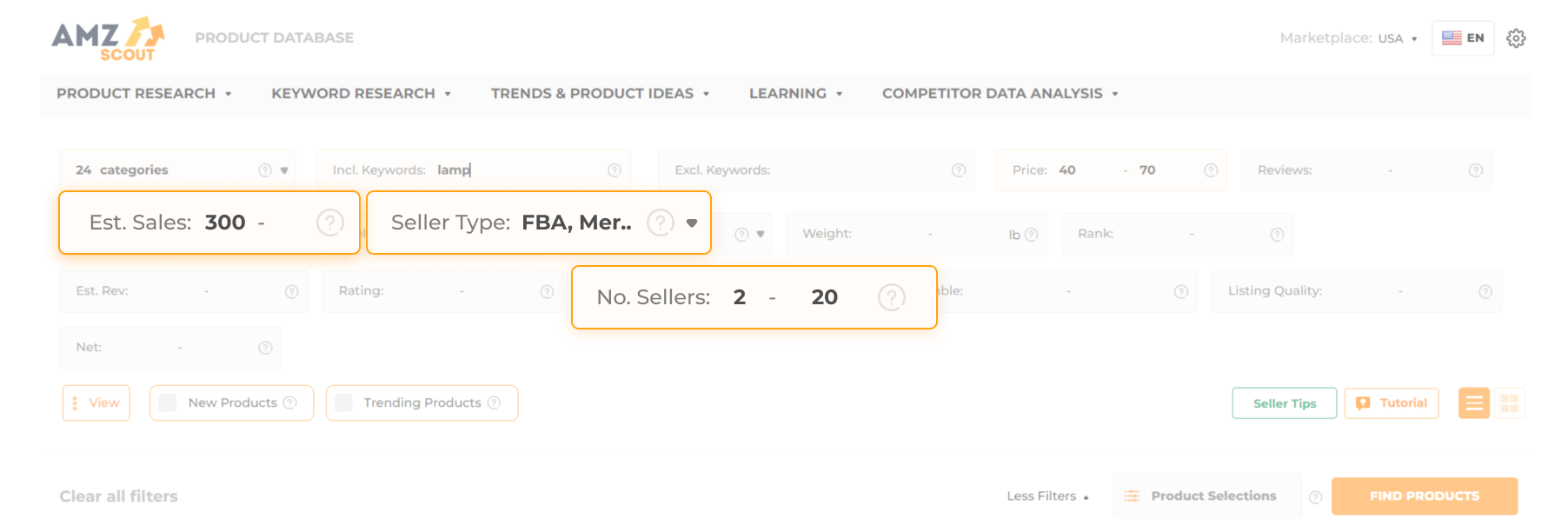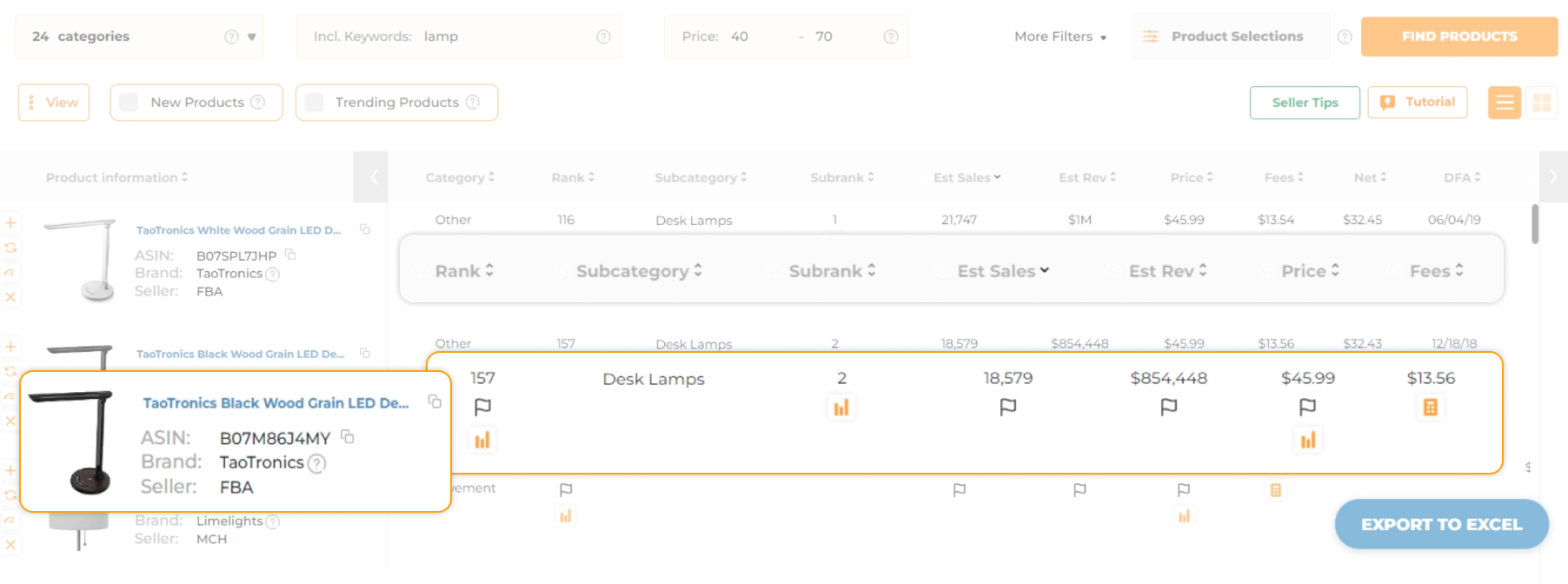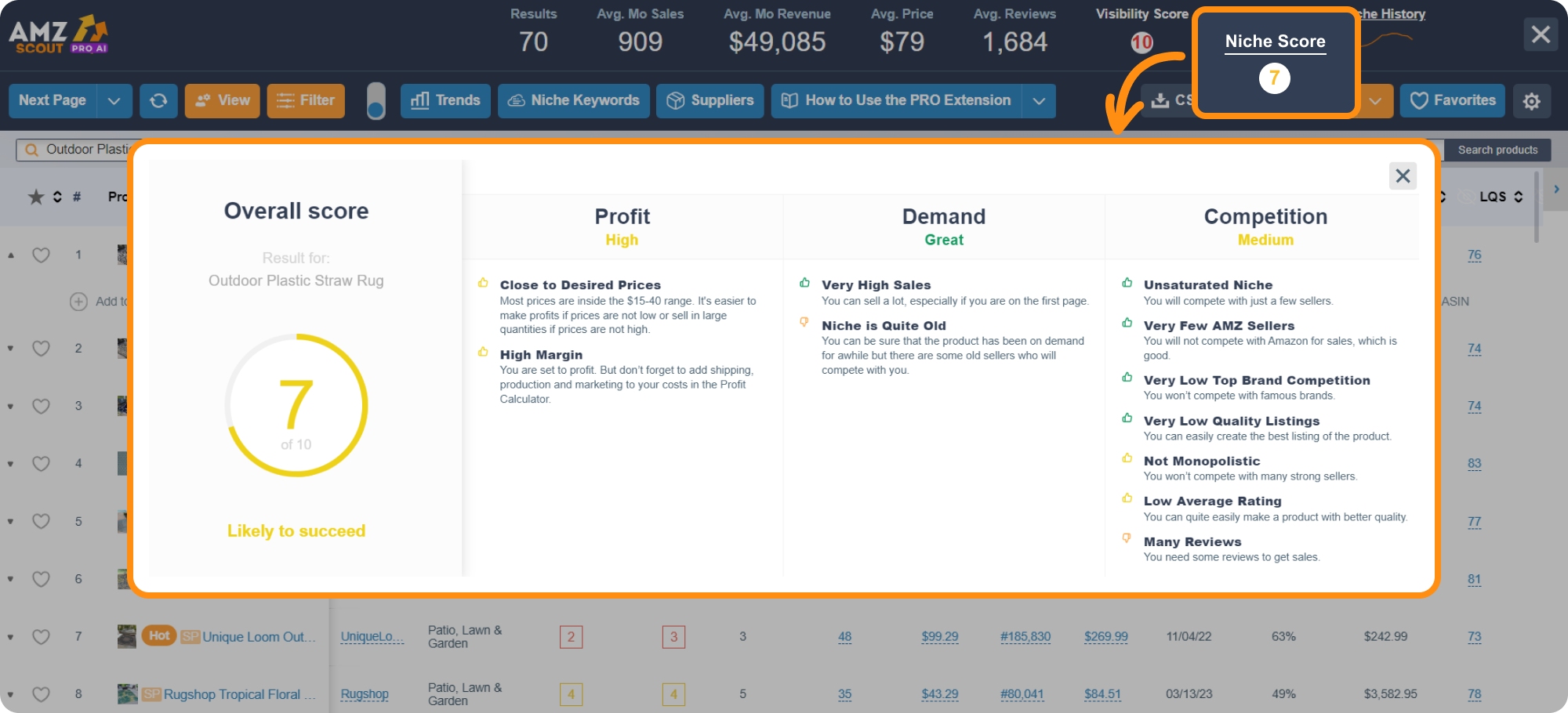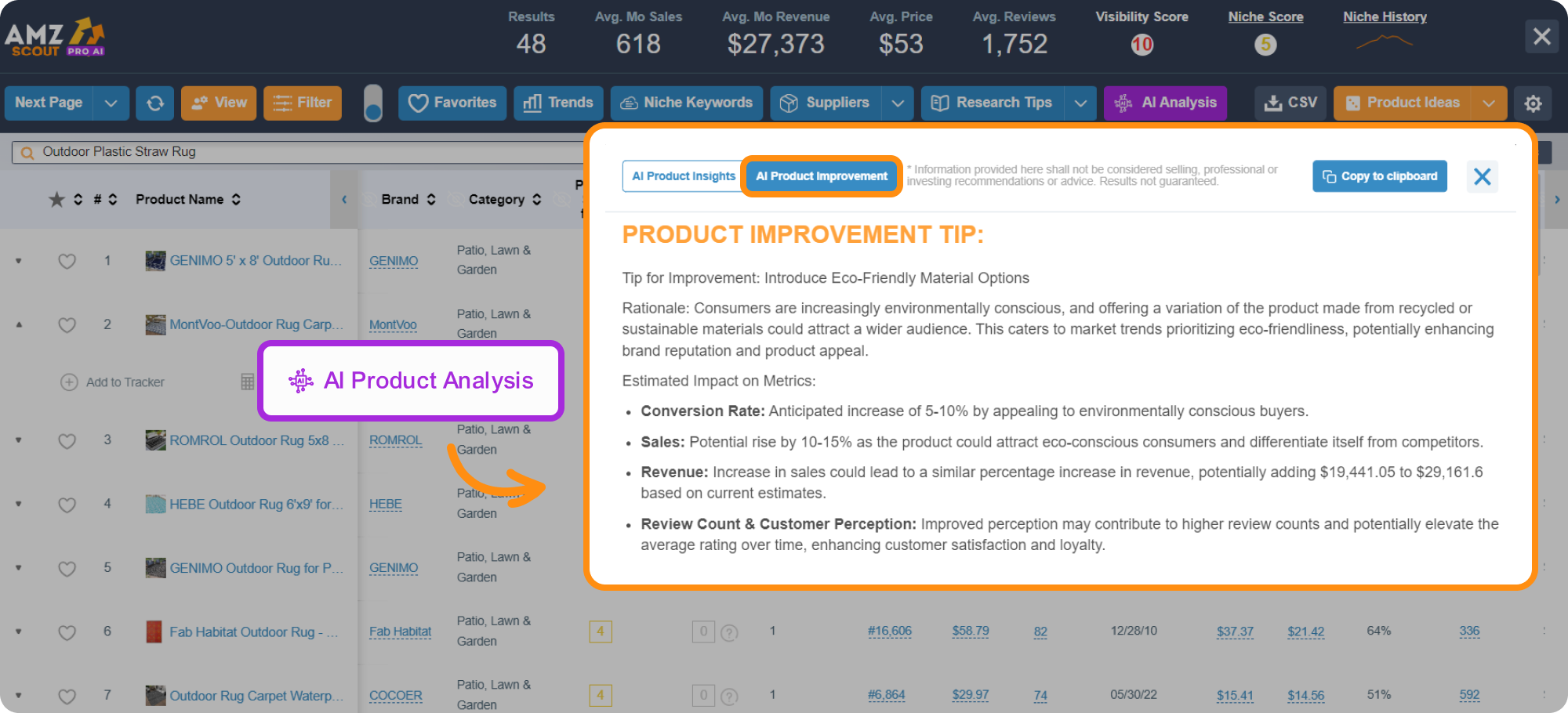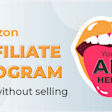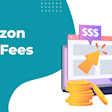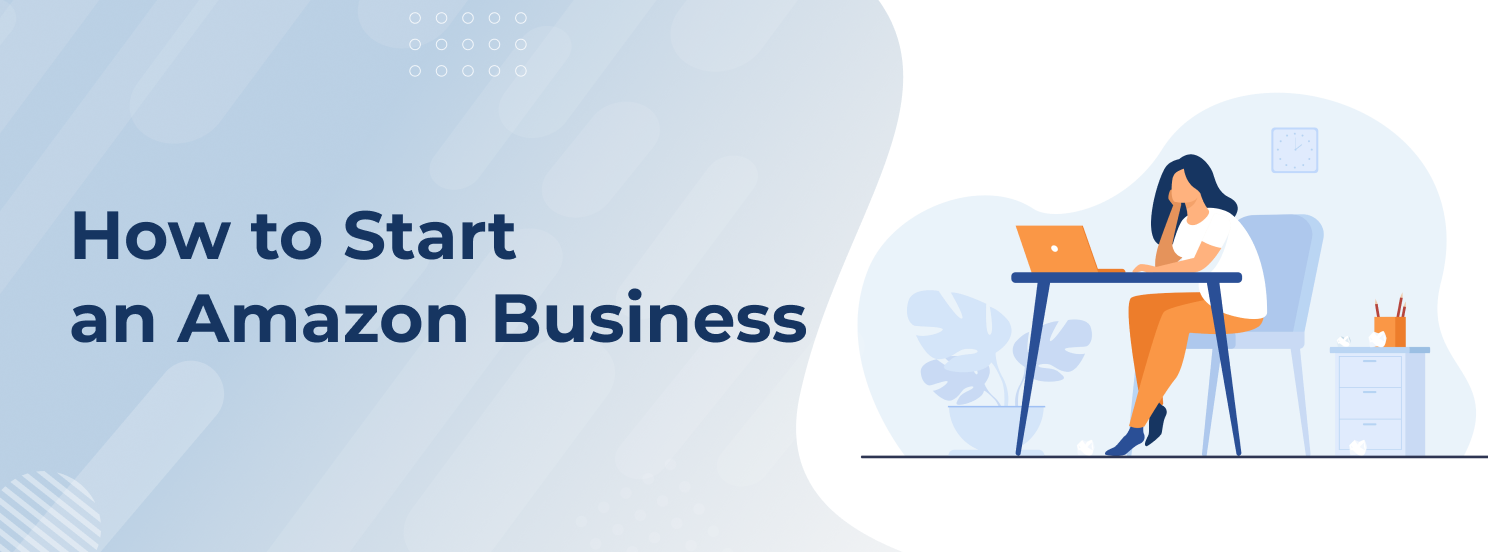
How to Start an Amazon Business If you are Just a Beginner
As a new seller, you might think this makes Amazon too competitive. But, despite the competition, new sellers can easily start up their own successful businesses on Amazon. Some are even starting from home and seeing the benefits of quitting their day job.
Whether you are a seasoned online seller or a beginner (and are thinking about quitting your job), selling on Amazon can present great opportunities for making money. By following the tips outlined in this article, you can make the most of this opportunity and find out how to start an Amazon business.
The Five-Step Process to Starting an Amazon Business (That's Actually Successful)
Starting a business on Amazon can be presented in 5 steps:
Below, we delve deeper into each step, providing a more detailed look into the process.
Step 1: Create an Amazon Seller Account
To get started, sign up for an Amazon.com account. If you prefer, you also can use your shopping account to begin the process.
You’ll need to select one of two plans:
The Individual Plan. There is no monthly charge for this option, but it does require you to pay $0.99 for each unit you sell. You also have limited access to Amazon's advertising tools. The type of plan is fine for personal selling, but it’s less useful at the professional level.
The Professional Plan. This option costs $39.99/month and requires no $0.99 product sales fee. You can access more advanced selling tools and unique Amazon programs (like Handmade or Launchpad).
Note: If you sell more than 40 products, the Professional Plan is a more suitable choice. You can even test it out for a month to see if you like the extra tools.
Next, you'll fill out some basic information about yourself. You can connect this to your business entity if you want, but Amazon doesn't require you to have a business to become a seller.
What documents do you need?
Amazon requires you to provide a current photo ID, a payment card to make payments, and a way to connect to your bank to receive payments. You might need to provide Amazon with a copy of your latest bank statement during this step.
Amazon will require you to commit to two extra steps as well. The first is a video interview where you'll be asked to provide your photo ID and (possibly) a bank statement again.
Next, you'll receive a postcard with a code that confirms your physical address. But entering that code from your incomplete seller's account will let you verify your account.
Once your Amazon account is verified, you can start listing products and begin selling right away.
Step 2: Product Research
Research is the foundation of a successful Amazon business. With over 25,000 product niches, it’s crucial to find items that are in demand, profitable, and fit your business model.
How to Choose Products:
1. Generate Niche Ideas
Explore Amazon, Etsy, eBay, Shopify stores, social media, blogs, and local markets.
Use AMZScout Product Database for faster research:
Sign up for a free trial (no credit card required).
Set your criteria (common filters include):
Price: $15–$100
Minimum sales: 300/month
Small/lightweight products
Low competition
Few sellers (for arbitrage or dropshipping)
Click Find Products and review the results.
Pick products you’re passionate about; this makes your business more sustainable.
2. Evaluate Profitability
Use AMZScout PRO AI Extension:
Install the extension and search for products from your list.
Check essential data: net margin, estimated sales, and revenue.
Use Niche Score to gauge demand, competition, and profitability (score above 7 is strong).
Analyze Product/Niche History for trends and seasonal fluctuations.
Use Profit Calculator to ensure margins exceed 20%.
Consider AI-powered product improvement suggestions (helpful for private label sellers).
Save top choices to Favorites and compare products to pick the best option.
Tip: Attend free online webinars to learn from experienced sellers and get actionable insights.
Step 3: Sourcing Products
Where you get products depends on your business model:
Retail/Online Arbitrage: Buy discounted products locally or online to resell.
Dropshipping: Forward orders to a supplier who ships directly to customers. Check supplier reputation carefully.
Wholesale: Buy bulk from brands; you may need a business plan to qualify.
Private Label: Manufacture products under your brand via sites like Alibaba.
Finding Suppliers on Alibaba
Use AMZScout PRO AI Extension to find product suppliers.
Contact multiple suppliers to compare prices and terms.
Order samples to test quality, durability, and shipping safety.
Tip: If using FBA, ensure suppliers understand Amazon’s packaging and shipping requirements to avoid delays.
Step 4: List Your Product
Creating a strong Amazon listing is key for visibility and sales.
Steps to Build a Listing
Add keywords: manually or automatically via competitor ASINs.
Generate content with AI Autofill (titles, bullet points, descriptions).
Save and publish your listing to attract buyers.
Tip: Private label sellers benefit most from optimized listings, while resellers may reuse manufacturer descriptions.

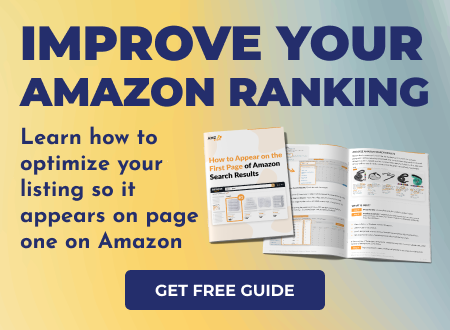
Step 5: Grow Your Sales and Customer Base
Once your listing is live, you can start selling on Amazon. In addition to careful product selection, reliable suppliers, and effective listings, there are a few other strategies that can improve your performance:
Get reviews: Consider participating in the Amazon Vine program to get reviews from Amazon Voices. This will help you gain more credibility and boost sales.
Expand your audience: Think of using the FBA or SFP fulfillment methods to reach Prime customers, who are known for their regular shopping habits.
Leverage social media: Maintain a strong social media presence, and consider collaborating with influencers in your niche to promote your products and reach a wider audience.
Stay competitive: Check out what your competitors are doing. By learning about their strategies, you can identify gaps in your own approach to make improvements and even uncover opportunities they might miss.
By monitoring your results regularly, you’ll gain valuable insights into what works and what doesn’t, helping you refine your strategy and grow your business more effectively.
Conclusion
With the right mindset and guidance, anyone can become a successful Amazon seller. Regardless of your business model, you're sure to find great opportunities for profits. Use AMZScout's kit of tools to simplify your product research and selling strategy to give yourself a chance at business growth.


FAQ
How much does it cost to start an Amazon business?
The cost of starting an Amazon business can vary widely, depending on factors like the type of products you plan to sell, your desired business model, and your marketing strategy. However, you can typically expect to spend anywhere from a few hundred to several thousand dollars on your initial inventory, Amazon seller fees, marketing expenses, and other startup costs.
Is it easy to start an Amazon business?
Starting an Amazon business can be relatively straightforward due to the platform's accessibility and support for third-party sellers. With AMZScout tools and fulfillment options like FBA, setting up shop is easier than ever. However, achieving success requires thorough research, strategic planning, and dedication to navigating one’s competition and evolving marketplace dynamics.
Is it profitable to sell on Amazon?
Yes, selling on Amazon can be a profitable venture, as the average seller's margin typically ranges from 15-20%. Success depends on various factors such as product selection, pricing strategy, marketing efforts, and operational efficiency. Conducting thorough market research and implementing effective strategies can increase your likelihood of profitability selling on the Amazon marketplace.
Is it worth it to start an Amazon business?
Starting an Amazon business can be worthwhile due to the potential of generating solid profits, plus access to Amazon's vast customer base, minimal marketing requirements, and automation tools provided by Amazon for inventory management and growth.

